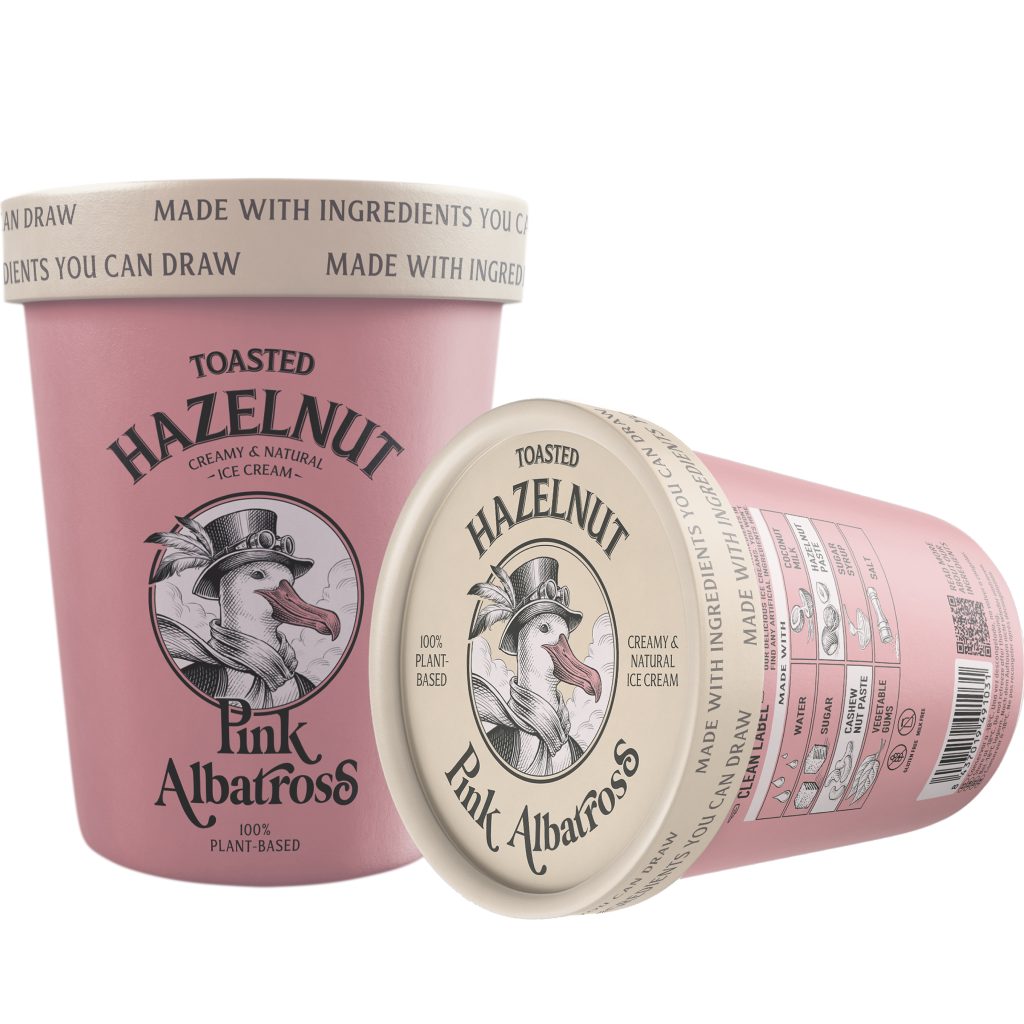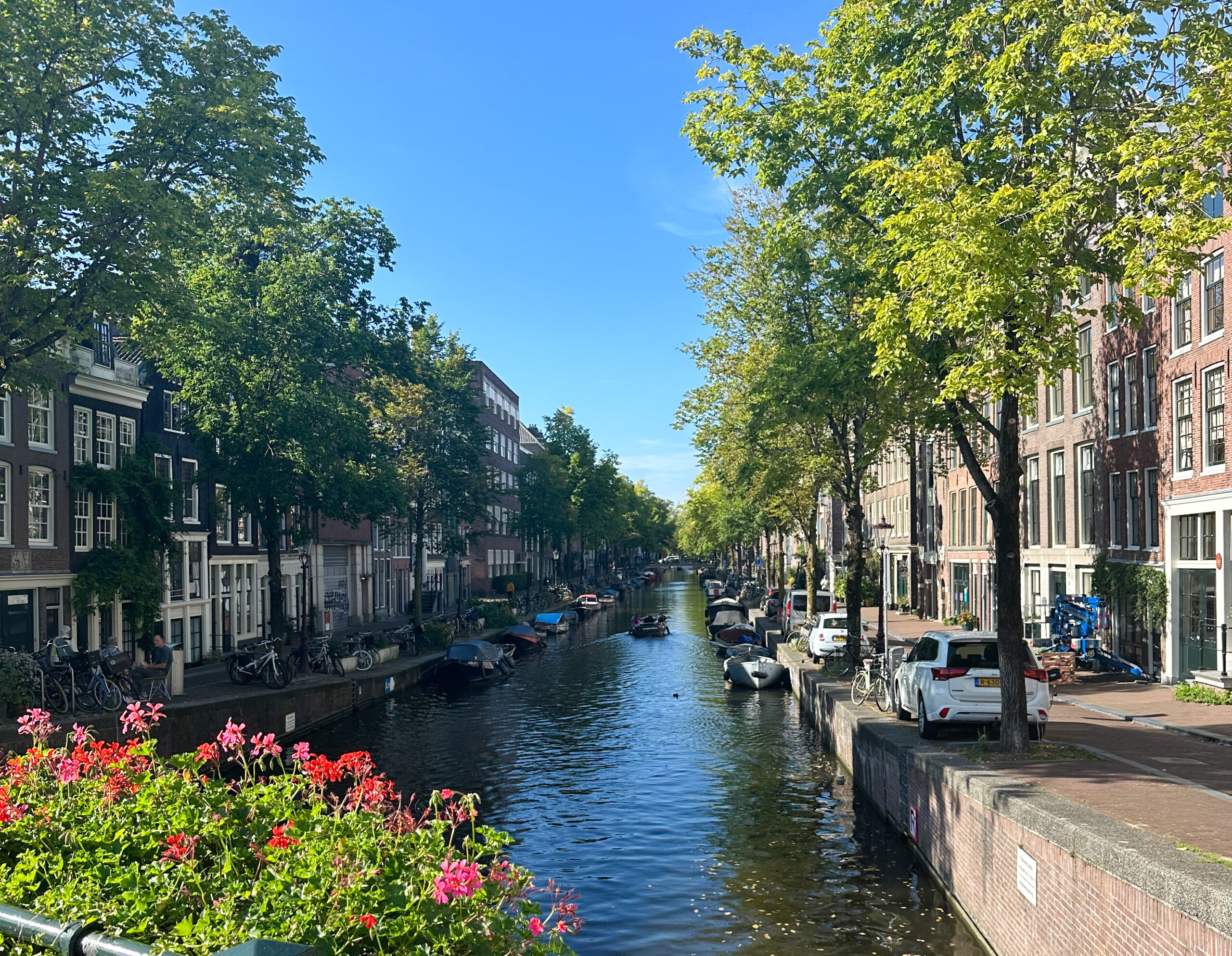Maximizing consumer appeal with strategic plant-based packaging
The packaging of a product is its visual handshake with consumers; it’s the first interaction, where preconceptions are challenged and perceptions formed.
When it comes to packaging, alternative protein products are in a unique position. Often using novel ingredients and innovative production techniques, the aim is to entice consumers towards a product that might feel unfamiliar compared to an established animal product counterpart.
So in order to tackle these challenges and the host of pre-existing consumer assumptions that come with them, effective packaging is a key aspect of a product’s success. Secure a strong first impression, and you’ll position your product favorably in consumer minds, paving the way for repeat purchases.
In this short article, we’ve distilled market research and highlighted industry success stories to provide you with actionable insights for your brands. Throughout, we’ll refer to packaging that appeals to consumers’ primary purchasing motivators, which guide our recommendations.

Before we begin, remember that these are broad strategies targeted at an international audience, using consumer data mostly from the EU and the US. There’s a lot of variety within and beyond these groups, and it’s important to keep your own brand’s context in mind. We recommend you take these insights as guiding principles, not hard and fast rules!
Colors
Your product packaging’s color palette will be one of your first impressions on the consumer. Research on the most effective color palettes for plant-based packaging has found that consumers tend to associate brown and dark packaging, and contrasting colors, with tasty and healthy plant-based products.1

In general, we recommend taking either a very traditional or very ‘different’ approach. Whilst (as we’ll see below) familiarity and traditionality have a strong positive association with purchasing intent, some brands have shown that thinking ‘outside the box’ can pay off too.
Pink Albatross is a great example of why the rulebook isn’t something you necessarily have to play by. Their bold, vibrant colors go against the traditional colors recommended by research and adopted by plant-based products.
“We knew that we had to be able to visually stand out in those micro-seconds that a consumer takes to make a purchase decision. That meant having a color that was eye-catching… that would stand out. We went against a lot of conventional thinking. We were aware of that, and took the risk.”
Pink Albatross’s bold design goes against the mainstream, and that’s why it stands out. Remember, with something as subjective as your packaging’s aesthetic appeal, research and data should guide, not dictate. A healthy dose of creativity and innovation can work wonders!
Imagery
When it comes to imagery, an appealing, professionally shot photo of your product is key. You want to show consumers what they’re buying, and make the product look as tempting and tasty as possible.
We also recommend making the imagery familiar to omnivore consumers – that means closely replicating the appearance of the animal product counterpart. Familiarity is a powerful tool, and negative taste connotations are often sparked by products that are unfamiliar to omnivorous consumers, such as a green veggie burger.2
Plant-based brand Oumph! is a great example of how to use color and imagery in your packaging to boost your product’s appeal. The packaging for their plant-based ribs features a familiar meaty product professionally pictured against dark colors.
“Oumph!’s design is bold and colorful in order to stand out in supermarket freezers and chillers.”
Wording
Don’t use negative descriptors. That might sound obvious, but research shows that common terms like ‘meatless’ or ‘meat-free’ tend to put off omnivores looking for something that properly replicates meat.3
One study in a leading supermarket in the UK found: “Sales of two dishes increased 76% when ‘meat-free’ was removed from the dishes’ names and replaced with a more appealing one. It’s counterproductive to communicate that a food is ‘free’ of meat if the goal is to appeal to more meat-eaters.”4
In contrast, do use language that vividly describes the flavor, look, feel, and provenance of the product. Remember, you’re selling a sensory taste experience, and consumers make purchases primarily based on their perceived taste of the product. Make it sound appealing! Here are a couple of examples of when this works:
In a market test, Panera Bread switched the name of its “Low Fat Vegetarian Black Bean Soup” to “Cuban Black Bean Soup.” This easy swap resulted in a 13% increase in sales of the black bean soup in trial locations.5
A study at Stanford University gave vegetable side dishes flavour-focused names such as “Rich Buttery Roasted Sweet Corn” and “Zesty Ginger Turmeric Sweet Potatoes.” Labeled this way, they were chosen 41% more often over identically prepared vegetables with ‘healthy-restrictive’ names.6

ProVeg Corporate are here to assist you with your marketing! Click here to get in touch.
Labels
In general, don’t say ‘vegan‘.7 Whilst that might sound counterintuitive, there are good reasons to keep vegan wording small, and preferably on the reverse side of the product.
Firstly, flexitarians are, by far, the biggest market for plant-based foods. Whilst dedicated vegans remain a small minority of consumers, a pan-European survey by ProVeg found that almost 40% of consumers identify as flexitarian, pescatarian, or meat-free.8 Non-vegans could be responsible for up to 90% of plant-based sales.9 It’s worth putting most of your effort into targeting them.

On top of that, vegans are also naturally the most committed to finding and buying vegan products. As food entrepreneur Heather Mills puts it: “Don’t worry about what vegans like – they will always find you!” So, to increase sales, it’s more important to target the less committed and far more numerous plant-based consumers.10
In contrast, ‘100% plant protein‘ has been touted as a label with chief appeal. It subtly conveys the plant-based message, whilst stimulating consumer associations with health and satisfaction through its focus on protein.11 Likewise, the V-Label on the back of product packaging is perceived as a stamp of quality, and conveys a product’s plant-based nature in a subtle but effective way.
Materials
Perhaps even more so than with other factors, the appropriateness of the materials you use will depend on your specific product.
Some packaging materials that gain consistently positive reactions from consumers include boxes and patches. Shrink wrap has also been found to be beneficial for meaty products, particularly if the product visible through the packaging looks familiarly meaty.
In contrast, cans have performed poorly on most measures of consumer appeal. Glass jars are a popular alternative to cans for shelf-stable products.12
Actionable Insights
Want to boost your plant-based product sales? The New Food Hub makes the following packaging recommendations:
Don’t forget: Taste is No. 1!
Time and time again, taste scores as more important to consumers than anything else. Use positive taste perception as your guiding principle for good plant-based packaging.
Communicate with the senses
You’re selling a sensory experience, and that’s primarily what consumers are concerned with. Don’t focus on what your product isn’t (i.e. a meat-based/animal product), focus on what it is (creamy, velvety, smokey, crispy, etc.).
Don’t say ‘vegan‘
Keep a light touch on the explicitly vegan messaging. Whether we like it or not, consumers still tend to associate ‘vegan’ with something that’s less tasty. And since consumers are after the best taste, be cautious with the ‘v’ word…
Target the majority
Vegans make up a very small part of the plant-based market. They’re also the most likely to seek out and buy plant-based products in the first place. Instead of preaching to the choir, focus on the much larger flexitarian community.
For more support on your plant-based product strategy, get in touch with our experts at [email protected].
References
- How to drive plant-based food purchasing, (2019). GFI. Available at: https://gfi.org/images/uploads/2019/10/GFI-Mindlab-Report-Implicit-Study_Strategic_Recommendations.pdf. Accessed 2023-10-09.
- How to drive plant-based food purchasing, (2019). GFI. Available at: https://gfi.org/images/uploads/2019/10/GFI-Mindlab-Report-Implicit-Study_Strategic_Recommendations.pdf. Accessed 2023-10-09
- It’s all in a name: how to boost the sales of plant-based menu items, (2019). World Resources Institute. Available at: https://www.wri.org/insights/its-all-name-how-boost-sales-plant-based-menu-items. Accessed 2023-10-11
- It’s all in a name: how to boost the sales of plant-based menu items, (2019). World Resources Institute. Available at:https://www.wri.org/insights/its-all-name-how-boost-sales-plant-based-menu-items. Accessed 2023-10-11
- It’s all in a name: how to boost the sales of plant-based menu items, (2019). World Resources Institute. Available at:https://www.wri.org/insights/its-all-name-how-boost-sales-plant-based-menu-items. Accessed 2023-10-11
- It’s all in a name: how to boost the sales of plant-based menu items, (2019). World Resources Institute. Available at:https://www.wri.org/insights/its-all-name-how-boost-sales-plant-based-menu-items. Accessed 2023-10-11
- For a good summary of the reasoning here, see Vegan: the product label which shall not be named, (2023). Food Dive. Available at: https://www.fooddive.com/news/vegan-the-product-label-which-shall-not-be-named/695501/#:~:text=Some%20vegans%20have%20argued%20that,vegans%2C%20label%20your%20product%20vegan. Accessed 2023-10-11
- European consumer survey on plant-based foods, (2020). ProVeg. Available at: https://corporate.proveg.com/wp-content/uploads/2022/02/PV_Consumer_Survey_Report_2020_030620.pdf
- Study shows 90% of plant-based consumers are neither vegetarian nor vegan, (2019). Vegconomist. Available at: https://vegconomist.com/studies-and-numbers/study-shows-90-of-plant-based-consumers-are-neither-vegetarian-nor-vegan/. Accessed on 2023-10-11
- 5 marketing fails to avoid with plant-based foods. ProVeg. Available at:https://proveg.org/article/5-marketing-fails-to-avoid-with-plant-based-foods/. Accessed on 2023-10-11
- How to drive plant-based food purchasing, (2019). GFI. Available at: https://gfi.org/images/uploads/2019/10/GFI-Mindlab-Report-Implicit-Study_Strategic_Recommendations.pdf. Accessed 2023-10-09
- How to drive plant-based food purchasing, (2019). GFI. Available at: https://gfi.org/images/uploads/2019/10/GFI-Mindlab-Report-Implicit-Study_Strategic_Recommendations.pdf. Accessed 2023-10-09



